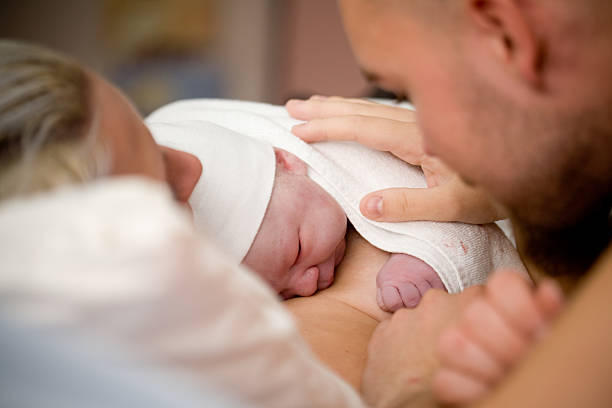Do you often experience pain in your lower back that gets worse over time? You can be showing Ankylosing Spondylitis symptoms.
A study claims that millions of people worldwide experience Ankylosing Spondylitis. This condition is a type of arthritis that causes inflammation and chronic pain in the spine. You can suffer from severe conditions, such as uveitis, when left untreated.
But how do you know if you have Ankylosing Spondylitis? This guide covers some Ankylosing Spondylitis symptoms to beware of. Read on to find out more.
Contents
Ankylosing Spondylitis Symptoms
Ankylosing Spondylitis symptoms differ for everyone. However, ignoring any of your symptoms can lead to debilitating complications. The following are common Ankylosing Spondylitis symptoms.
1. Inflammation of the Lower Back Area
Ankylosing Spondylitis often starts in the sacroiliac joints. It affects areas where tendons and ligaments connect with your bones. Moreover, it causes spinal fusion that often leads to hunched posture.
Ankylosing Spondylitis symptoms often hit at night or in the morning when inactive. You can experience lower back pain and stiffness that can last at least half an hour. It can affect activities that reduce productivity.
2. Pain and Stiffness Spreads
The pain and stiffness spread to parts of the body, starting with the upper spine, chest, and neck. It allows the fusion of the joints and bones, affecting body functions. The fusion can decrease spine flexibility and make breathing difficult.
You can experience inflammation in your shoulders, hips, knees, or ankles, too. It often results in the immobility of the body parts. Ankylosing Spondylitis makes it hard to do simple tasks as well.
3. Other Complications
You can develop inflammatory bowel diseases, such as diarrhea and colitis. It occurs when the inflammation from the spine spreads to the intestinal tract. You can experience eye problems when you ignore Ankylosing Spondylitis symptoms, too.
Moreover, Ankylosing Spondylitis can affect the mental health of a person. It can cause fatigue, anxiety, and depression because inflammation exhausts your energy.
Treatments for Ankylosing Spondylitis
There are no specific cures that can treat Ankylosing Spondylitis. However, medical professionals recommend different treatments to reduce inflammation and prevent deformity. Continue reading to discover effective treatments.
1. Physical Therapy
You can schedule physical therapy for your Ankylosing Spondylitis.
The physical therapist evaluates your condition to create a suitable treatment plan. Patients must practice good posture, proper stretching, and other effective methods during sessions.
Physical therapy manages pain, improves mobility, and stabilizes the spine.
2. Exercise
Inactivity can worsen your Ankylosing Spondylitis. Thus, physicians recommend regular exercise to manage your condition. It keeps your back moving and prevents stiffening of the spine.
You can try yoga, Pilates, or other activities to improve your health. It offers strength, flexibility, and posture benefits. Moreover, exercising can improve your cardiovascular, respiratory, and mental health.
Ask your physician for recommendations when choosing the correct activity for your condition.
3. Medications
You can take non-steroidal anti-inflammatory drugs or painkillers for Ankylosing Spondylitis. Paracetamols serve as an emergency treatment for sudden pain and stiffness.
Your doctor can prescribe medication, such as xeljanz, for severe symptoms, too.
What You Need to Know About Ankylosing Spondylitis
Most people with Ankylosing Spondylitis live an active life. However, it can start affecting your day-to-day activities when untreated. Your condition can get worse and lead to more complications, too.
Watch out for Ankylosing Spondylitis symptoms, such as inflammation in the lower back. You can do regular exercise to ease stiffness and pain. To learn more about keeping your health in check, check out our other blog posts.



